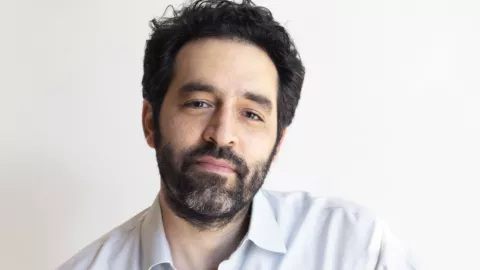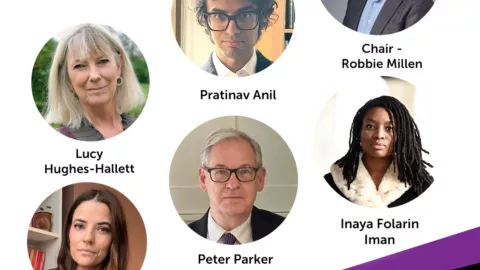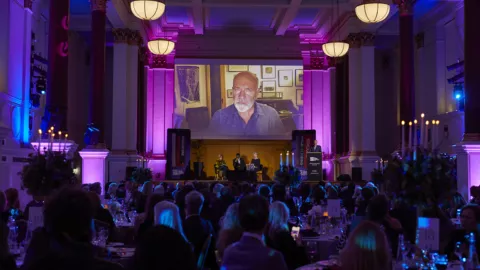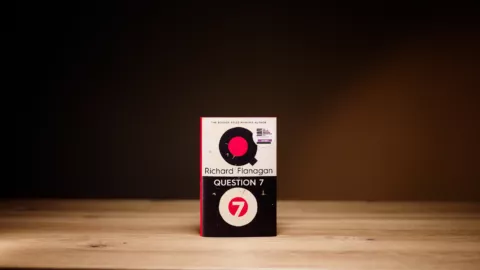
Jonathan Blitzer Longlist Interview
9 October 2024
How does it feel to reach the shortlist for the Samuel Johnson Prize?
Very surprising and very pleasing. The Samuel Johnson Prize feels like the non-fiction Man Booker; making the shortlist feels like winning something outright.
What research did you do for writing your book?
I walked over 1,000 miles, through many countries, from the Neolithic chalk tracks of southern England, to the cairned moor-paths of the Outer Hebrides, to the contested territories of the West Bank, to the pilgrim routes of Spain and the holy mountains of the eastern Himalayas. It took five years (and lots of blisters) to read, think, tramp and then write the book into existence.
How do you feel about the status/ popularity of non-fiction books in general?
The non-fiction I admire is as tonally creative and formally experimental as any novel or short story collection. Far from being shackled into immobility by its relation to fact, non-fiction today seems to me startlingly innovative. Look at the essays of John Jeremiah Sullivan, Barry Lopez or Geoff Dyer, for example. Or the reportage of Katherine Boo, John McPhee or William T. Vollmann, or the travelogues of William Dalrymple or Iain Sinclair: all intricately patterned and structurally versatile. I have learned much myself as a writer – at the levels of the image, sentence and chapter – from the techniques of novelists, but find myself increasingly looking to non-fiction (whatever that category now means) as a kind of avant-garde.
What is your favourite non-fiction book and why?
I can’t reduce it to one, I’m afraid, so here are four for you: Patrick Leigh Fermor’s A Time Of Gifts (1977); Barry Lopez’s Arctic Dreams (1985); JA Baker’s The Peregrine (1967); Nan Shepherd’s The Living Mountain (1977). Why? Because all four are stylistically magnificent, oblique in their forms of telling, but intense in their visions. And because all four treat metaphor, trope and figure not as superfluous adornment, but as vital to their effects and thought.
What are you working on next?
A book called Underland, about caves, subterranea, and underground realms. I’ve been quietly digging into the subject for a while now, and making exploratory trips into slate mines, karst networks and the odd abandoned bunker. From the Lascaux cave-art to last night’s sewer-wall graffiti left by the cataphiles of Berlin or Paris, by way of Jules Verne, WH Auden’s lead-mining landscapes, urb-ex, lost rivers, claustrophobia, the Cold War, and the ancient baroque forms of water-worn limestone. Or something like that. I began thinking about it as an experiment in reduction: as a writer whose subjects (mountains, wild landscapes, paths and the people that walk them) have been keenly visual and narratively complex, I wondered what would happen when I descended into data-depleted darkness. Watch this space…

10 April 2025

17 December 2024

19 November 2024